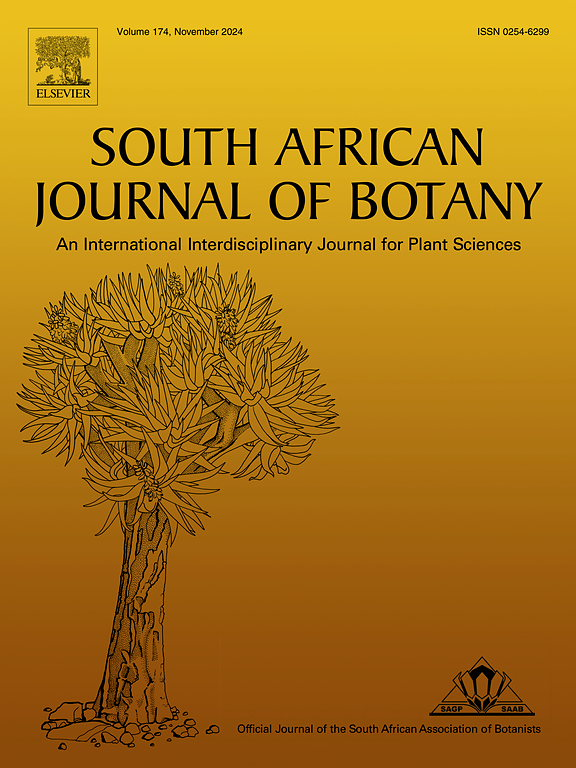Nepeta-derived essential oils: From pharmaceutical to pesticide industry
IF 2.7
3区 生物学
Q2 PLANT SCIENCES
引用次数: 0
Abstract
The extensive use of synthetic agrochemicals for pest and disease management attacking food crops remains a major public health concern. Worldwide, researchers developed biopesticides based on natural products including essential oils (EOs) as an alternative to synthetic agrochemicals and advances were made to meet users' acceptance. Past and recent studies have shown that EOs derived from aromatic plants have demonstrated efficacy against many phytopathogens and insect pests as well as weeds hampering food crops. Remarkably, conventional pesticides based on EOs persist lesser in markets and this opens up numerous possibilities for their deployment in agroecosystems against pests, diseases, and weeds. The genus Nepeta belonging to the family Lamiaceae, has attracted considerable attention due to the presence of rich EOs which have diverse biological functions, particularly in pest management and medicinal applications. This review offers a summary of the present status and scenarios in assessing the efficacy of EOs derived from the various species of the genus Nepeta for its use as botanical pesticides, considering the challenges and opportunities associated with the projections of sustainable eco-friendly agriculture in the future. Besides, the phytochemistry of Nepeta-derived EOs (NEOs) from diverse geographical regions along with traditional and pharmaceutical applications, possible mechanisms of action, and suggestions for or against the deployment of NEOs as a substitute for synthetic agrochemicals, in numerous applications are described. The genus is distributed in Asia, Africa, and Europe and the majority of studies on NEOs were conducted in Turkey, India, and Iran. The NEOs exhibited distinct pharmacological properties, including antioxidant, antiprotozoal, antitumor, antiviral, anti-inflammatory, and immunoregulatory activities. The majority of the chemically analyzed NEOs showed the presence of nepetalactone, β-caryophyllene, caryophyllene oxide, 1, 8-cineol, and geraniol as major components, and have performed promising antimicrobial, insecticidal, and herbicidal properties against harmful organisms deteriorating/hampering agricultural crops. Thus, the NEOs and their major active constituents can be harnessed as potential botanical pesticides against insect pests, pathogens, and weeds after large-scale and multilocation field evaluations.
求助全文
约1分钟内获得全文
求助全文
来源期刊

South African Journal of Botany
生物-植物科学
CiteScore
5.20
自引率
9.70%
发文量
709
审稿时长
61 days
期刊介绍:
The South African Journal of Botany publishes original papers that deal with the classification, biodiversity, morphology, physiology, molecular biology, ecology, biotechnology, ethnobotany and other botanically related aspects of species that are of importance to southern Africa. Manuscripts dealing with significant new findings on other species of the world and general botanical principles will also be considered and are encouraged.
 求助内容:
求助内容: 应助结果提醒方式:
应助结果提醒方式:


